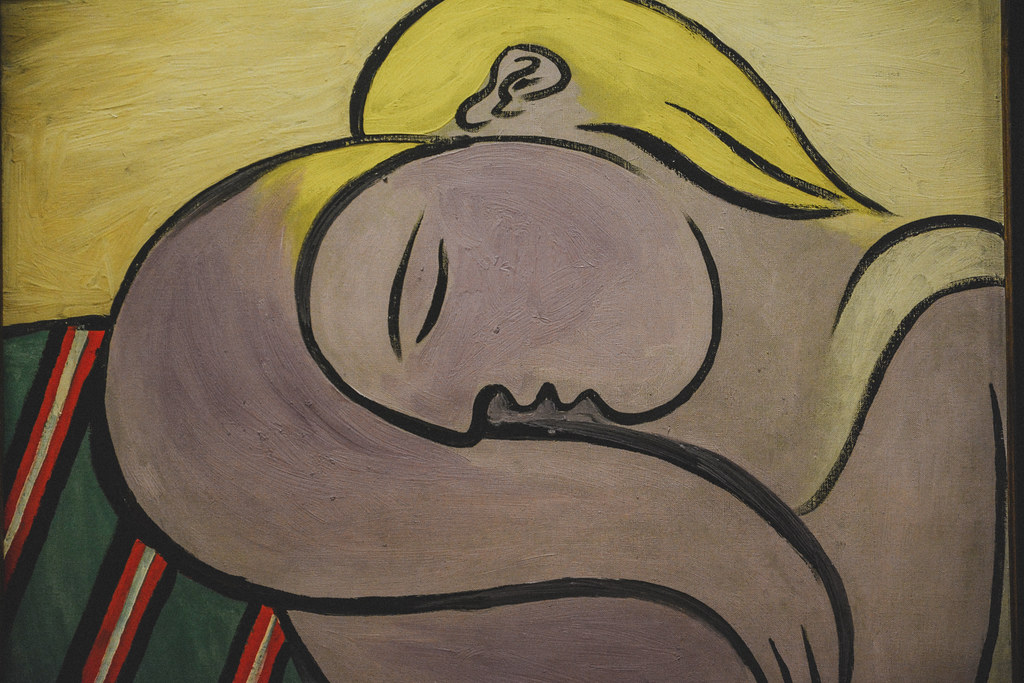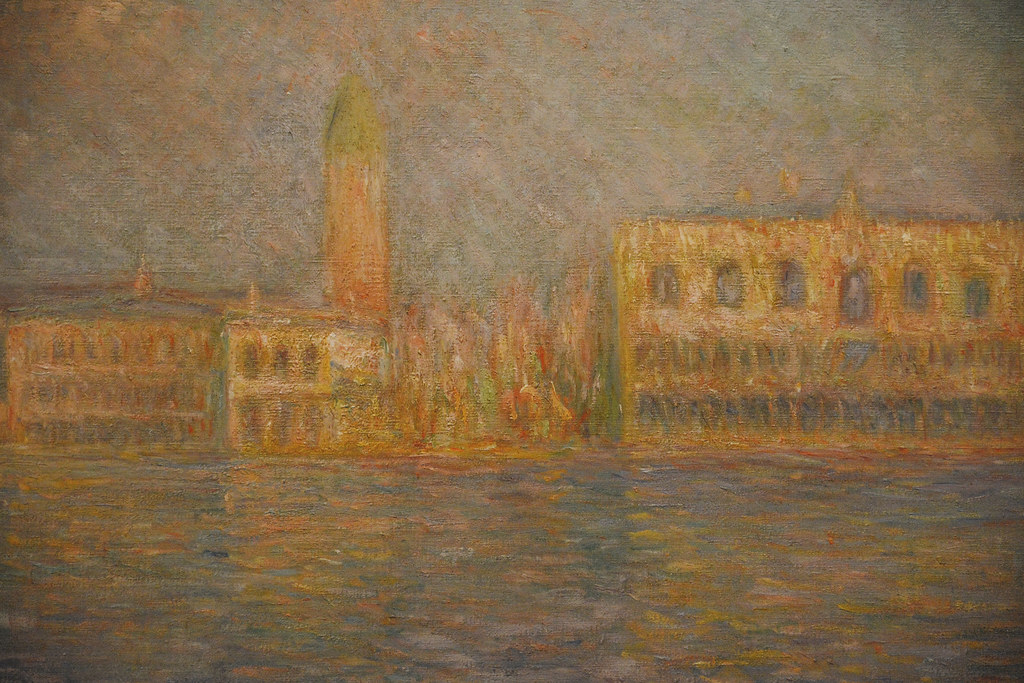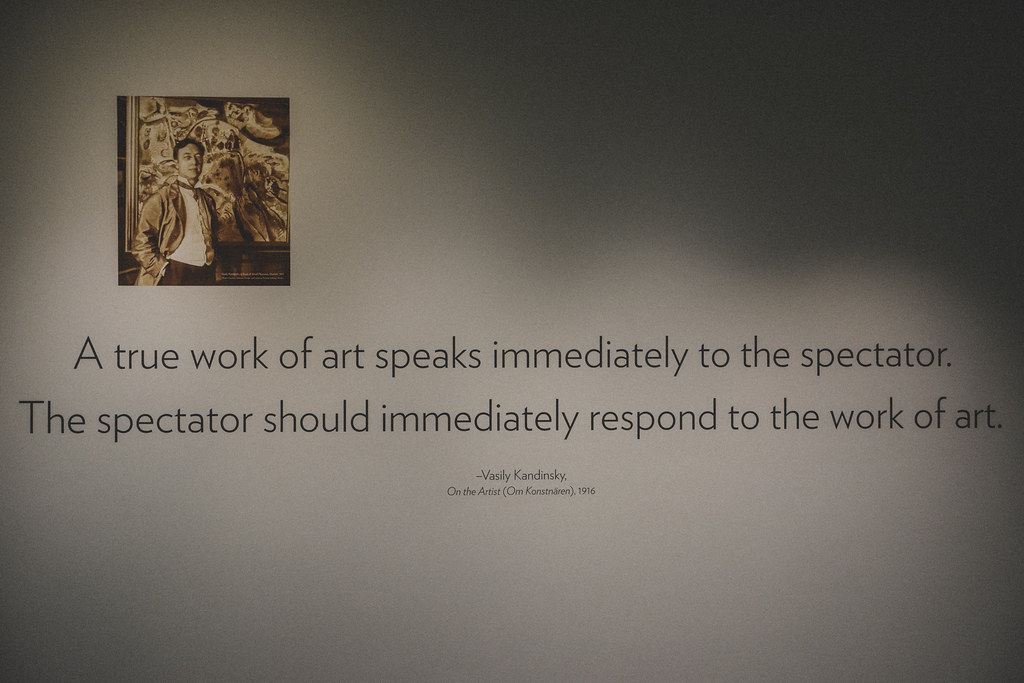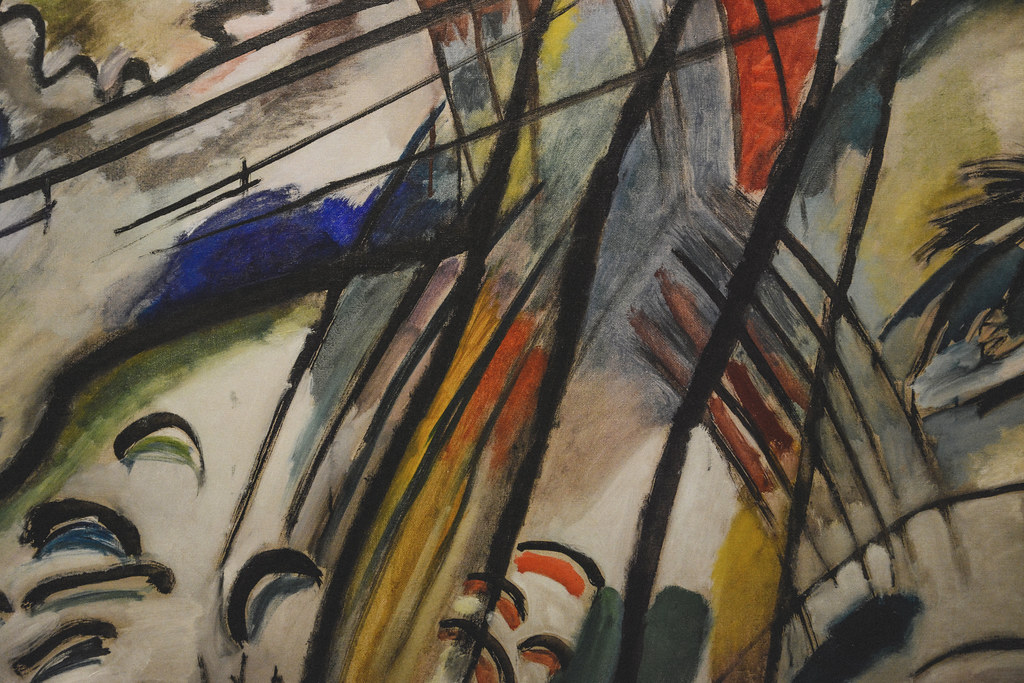Echoes of the Vatican
As a disclaimer: These photos were taken during a visit in February/March 2016, so this post may not be representative of this site today.
The Solomon R. Guggenheim Museum
The Guggenheim, as the Solomon R. Guggenheim Museum is often referred to, holds an important collection of Impressionist, Post-Impressionist, early Modern, and contemporary art. It was founded by Solomon R. Guggenheim, born to a wealthy mining family. Though he had been collecting art by the old masters since the 1890s, in 1926 he met artist Hilla von Rebay, who introduced him to European avant-garde, non-objective art, widening Guggenheim’s artistic horizons.
In 1937, he created the Solomon R. Guggenheim Foundation to foster the appreciation of modern art, as his collection had grown too numerous to continue being displayed at his Plaza Hotel apartment. Rebay was its first director, and the collection held works by Piet Mondrian, Vasily Kandinsky, Rebay herself, Amedeo Modigliani, and Pablo Picasso.
In the early 1940s, Rebay and Guggenheim reached out to Frank Lloyd Wright, asking him to create a space in which to hold the growing collection. The design took 700 sketches and 15 years to complete. The nautilus shell-inspired spiral that is central to the building, defined by its winding ramp, was heavily influenced by Giuseppe Momo’s work at the Vatican Museums.
As for its location, though several different locations were considered, in the end Guggenheim chose proximity to Central Park because he believed that it provided a relief from the noise of the city.
James Johnson Sweeney’s appointment as director in 1953 changed the museum’s collection direction to include once again objective painting and sculpture. During this time period, work by Paul Cézanne, Alexander Calder, and Jackson Pollock entered the collection.
When I visited, the museum was hosting an exhibition by Peter Fischli & David Weiss titled Peter Fischli David Weiss: How to Work Better.






























